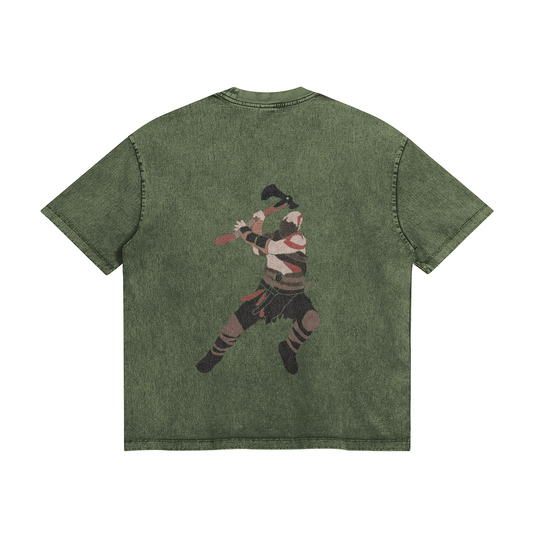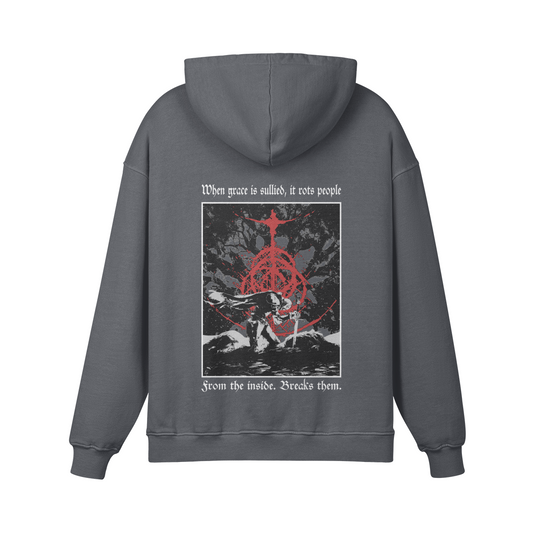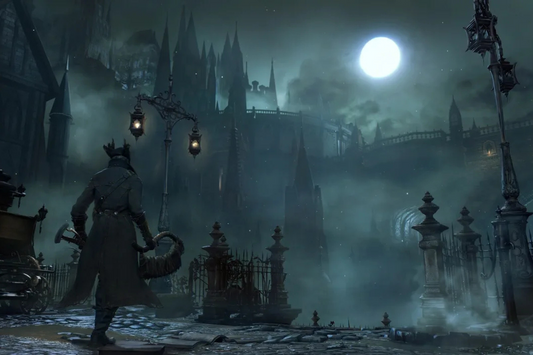Red Dead Redemption is more than just a Western-themed action game—it’s a complex, emotionally powerful tale about loyalty, morality, and the decline of the outlaw lifestyle. At the heart of this narrative are characters like Arthur Morgan, Dutch van der Linde, and the members of the Van der Linde gang, whose stories unfold across a tumultuous period in the American frontier.
This post unpacks the core narrative of Red Dead Redemption, exploring the motivations and transformations of its key characters. Whether you’re a first-time player or revisiting the game, understanding the deeper story behind Red Dead Redemption makes the experience all the more impactful.
The Setting of Red Dead Redemption
Set in 1899, Red Dead Redemption 2 (which is the prequel to the original Red Dead Redemption) begins at the end of the Wild West era. The age of cowboys, outlaws, and open frontiers is dying, and modern civilization—complete with government control, industrialization, and technology—is encroaching on the old ways.
Players take on the role of Arthur Morgan, a senior member of the Van der Linde gang. This ragtag group of outlaws is on the run following a botched ferry heist in Blackwater. The gang constantly relocates, trying to evade the law while pulling off new jobs to secure their future. But cracks begin to form—not just in their plans, but in their relationships.
Arthur Morgan: The Reluctant Outlaw
Arthur Morgan is one of the most complex protagonists in gaming history. He’s a hardened outlaw, shaped by years of violence, yet underneath the gruff exterior is a man capable of deep reflection and change.
Raised by Dutch van der Linde, Arthur begins the story as a loyal enforcer, believing in Dutch’s ideals of freedom and self-reliance. However, as the events of Red Dead Redemption unfold, Arthur's perspective starts to shift. He witnesses Dutch becoming increasingly erratic and self-serving, and he begins to question the gang's way of life.
A major turning point comes when Arthur is diagnosed with tuberculosis. This grim reality forces him to reevaluate his life. Players are given the opportunity to shape Arthur’s legacy—will he redeem himself through acts of kindness, or cling to his outlaw ways until the end?
Arthur’s story arc is central to the emotional power of Red Dead Redemption. He is a man trying to find meaning and peace in a world that’s quickly leaving him behind.
Dutch van der Linde: Idealist Turned Tyrant
Dutch is the philosophical heart of the Van der Linde gang. Early on, he’s portrayed as a visionary—someone who wants to create a life of freedom beyond the reach of government and laws. But as pressure mounts and the gang’s fortunes dwindle, Dutch’s cracks begin to show.
Throughout Red Dead Redemption, Dutch shifts from charismatic leader to delusional dictator. He clings to failed plans, manipulates his followers, and sacrifices long-time friends in pursuit of a dream that no longer exists.
Arthur begins to see Dutch for who he really is: not a savior of the people, but a man chasing a fantasy at the expense of everyone around him. Dutch’s gradual descent into madness is one of the game’s most haunting narratives, and it sets the stage for the events of the original Red Dead Redemption, where Dutch’s story concludes.
The Van der Linde Gang: Loyalty and Betrayal
The gang isn’t just a group of criminals—it’s a family, held together by shared hardship and Dutch’s ideology. As the story progresses, loyalties are tested and alliances crumble.
John Marston
John is another key figure in Red Dead Redemption, and his arc serves as a bridge between the prequel and the original game. Like Arthur, John starts as a loyal member of the gang, but his priorities shift when he becomes a father. His decision to leave the gang creates tension, especially with Dutch.
Arthur grows close to John and eventually helps him escape the gang’s chaos, seeing in him a chance for redemption. John’s survival is crucial, as he becomes the main protagonist in the original Red Dead Redemption.
Micah Bell
Micah is the game’s most obvious antagonist. Opportunistic, violent, and manipulative, Micah gains Dutch’s trust and uses it to sow discord within the gang. Arthur quickly sees through Micah, but Dutch, blinded by desperation, continues to support him.
Micah’s presence symbolizes the gang’s moral decay. His influence accelerates Dutch’s downfall and ultimately leads to the gang’s collapse.
Sadie Adler
Sadie starts as a grieving widow and transforms into one of the game’s most formidable outlaws. Her bond with Arthur is built on mutual respect, and she becomes one of the few truly loyal allies. Her fierce independence and thirst for justice make her a standout character in Red Dead Redemption.
Hosea Matthews
Hosea, Dutch’s long-time partner, serves as the gang’s moral compass. Calm, strategic, and wise, Hosea often acts as a counterbalance to Dutch’s recklessness. His death marks a significant turning point, leaving Dutch unhinged and accelerating the gang’s unraveling.
Themes of Redemption and Morality
At its core, Red Dead Redemption is about the struggle for redemption. Arthur’s journey is a meditation on morality—can a man who’s done terrible things find peace before his end? The game doesn’t provide easy answers but encourages players to consider how choices, loyalty, and identity shape who we are.
Arthur’s tuberculosis diagnosis forces players to face the consequences of their in-game behavior. Do you spend your remaining days helping others, protecting the innocent, and securing John’s future? Or do you double down on outlaw behavior, burning every bridge as you go?
This moral flexibility makes Red Dead Redemption a deeply personal experience. Players don’t just watch the story unfold—they influence it.
The Fall of the Old West
Beyond the personal stories, Red Dead Redemption also explores the broader theme of change. The American frontier is disappearing, and with it, the lifestyle that Arthur, Dutch, and the gang represent. Railroads, banks, and federal agents are replacing the wild freedom of the West.
The gang’s desperate attempts to escape the encroaching world mirror the real historical shift of the late 19th century. Dutch’s refusal to adapt becomes his downfall, while Arthur and John try to find a path forward.
A Seamless Bridge to the Original Red Dead Redemption
The final chapters of Red Dead Redemption 2 transition seamlessly into the events of the original game. After Arthur’s story concludes, players take control of John Marston, seeing his early struggles to build a peaceful life with his family.
This post-epilogue not only honors Arthur’s sacrifice but sets the stage for the government’s eventual betrayal, leading to John’s own tragic journey in Red Dead Redemption (2010).
Final Thoughts
The story of Red Dead Redemption isn’t just about gunfights and heists. It’s about the rise and fall of ideologies, the weight of past decisions, and the painful pursuit of redemption. Through Arthur Morgan, Dutch van der Linde, and the rest of the gang, players experience one of the most emotionally rich narratives in gaming.
Whether you're reflecting on Arthur's final ride or John Marston's desperate fight for his family's future, Red Dead Redemption delivers a timeless tale that lingers long after the credits roll.








